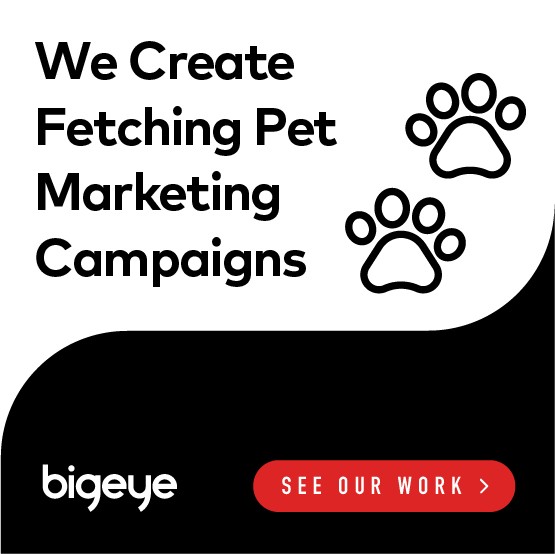The “pet owner” is fast being replaced by the “pet parent”. Let’s discover how smart pet product marketing can reach this key demographic.
Pet parent vs. pet owner — it’s a distinction that has launched a million angry polemics in online comment sections. Yet lost in these arguments as to who truly deserves to be called a parent is a key truth: Whether you call it ownership, guardianship or parenthood, the nature of keeping a pet has fundamentally changed. Now it’s up to pet product marketers to define what modern pet parents are really looking for.
When developing elements such as pet product package design or brand identity, it’s critically important to consider the evolution that has occurred in the relationship between consumers and their pets.
Tracing the evolution of the pet parent relationship
A generation or two ago, keeping a pet in the house was a much different experience. A family dog, for example, was often purchased as a gift for kids. That dog would then be given a generic name (Fido, Rover, Lassie, Butch), eat bland, low cost dog food and spend its long, dull and undifferentiated days keeping a lonely vigil for its owners to come home.
In other words, the average dog had a pretty rough existence.
Contrast that with today: Dogs are often proxy kids or training babies. Pet parents use pet naming apps and websites to discover the perfect, human-sounding name — one trendy and original enough to stand out at the dog park. They throw lavish birthday parties for pets. They spend $100 on a single bag of high-end, grain-free dog food — even though no one is sure whether grains are even something dogs should avoid.
Instead of being kenneled for hours, or waiting all day for family members to come home, dog-walking and pet sitting services abound. Pet enrichment activities are everywhere.
So no matter the preferred nomenclature, one thing is obvious: The status of pets has become elevated. It’s also likely that this will continue, as Gen Z are even more pet-crazed than millennials, the generation that made pet parenthood go mainstream.
What does this mean for pet product marketing?
We’ve established that the human/pet relationship has been transformed. So what does that mean for brands engaged in pet product marketing? Consider the following:
- Millenials and Gen Z are fully invested in the pet parenting concept. Both are less likely to trust mass-marketed pet products sold by major brands.
- However, there is an important distinction between these groups: Gen Z places far less faith in products tagged natural or organic, believing that these terms have largely become meaningless.
- Younger pet parents are, however, deeply attracted to highly original brands and stories and products that are perceived to be regional or boutique in nature. This should be a key consideration when working with package design, product naming, etc.
- Younger buyers are also much more likely to share photos and videos of their pets socially. Brands that place emphasis on engaging via this channel have the opportunity to cultivate loyal lifetime customers.
- Smart pet product marketing is also informed by the advertising and marketing images used in child/baby marketing campaigns. Pet parents feel many of the same emotional triggers as parents of infants and toddlers. If they think one product offers a better experience or has a health or wellness benefit, pet parents will feel that a higher markup is justified. Unlike in years past, they are more receptive to higher end offerings, and much less likely to justify buying lower-quality merchandise because “it’s just a dog or cat.”
Finding the right pet product marketing agency
Understanding how people feel about pets on a deep level is a pre-requisite for effective pet product marketing. AtBIGEYE, we’re not only pet lovers, we’re also experts in creating the kind of powerful marketing messages that resonate with today’s pet parents.
Contact us today for help with TV production, SEO services or any other part of or full service marketing stack.




